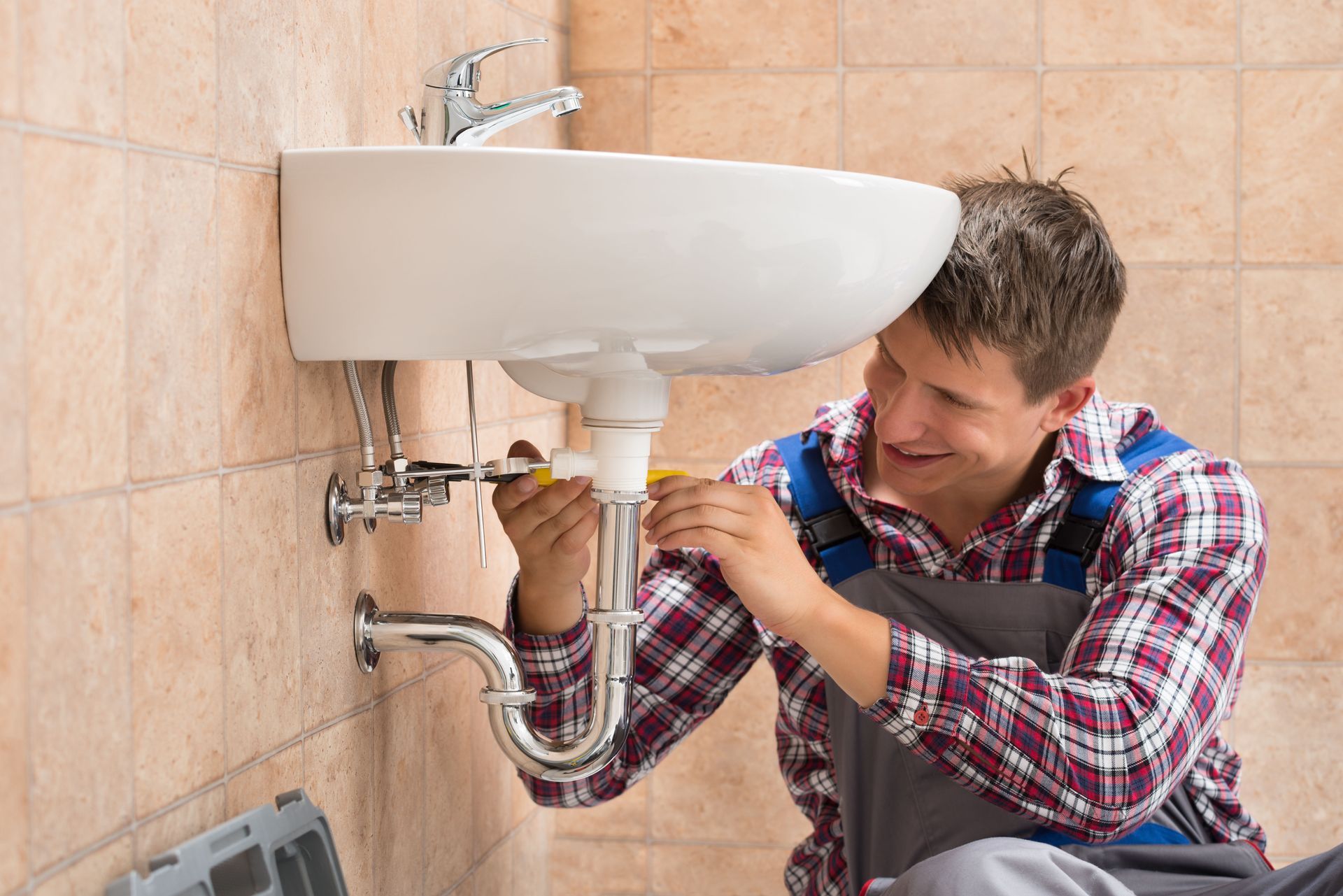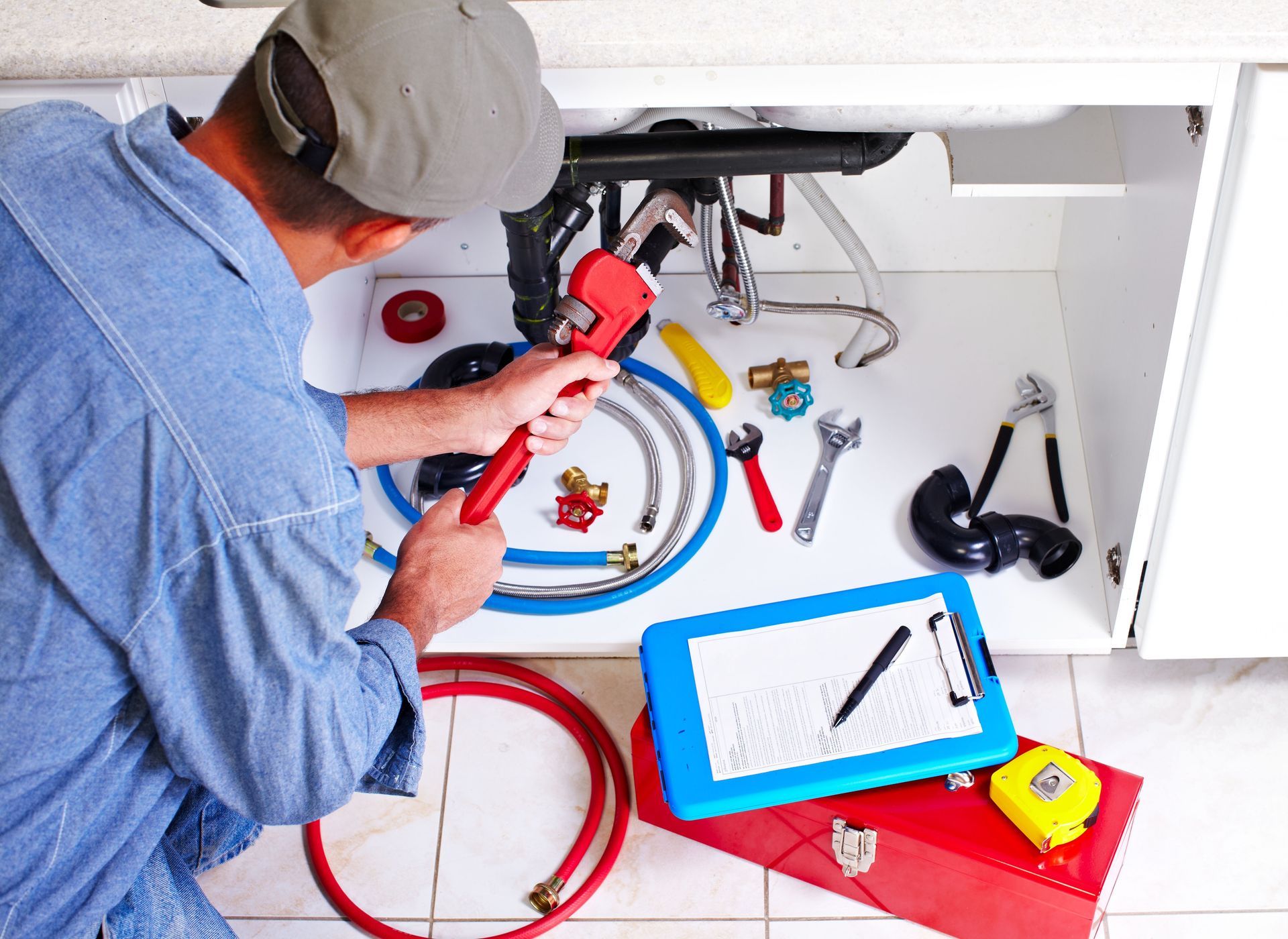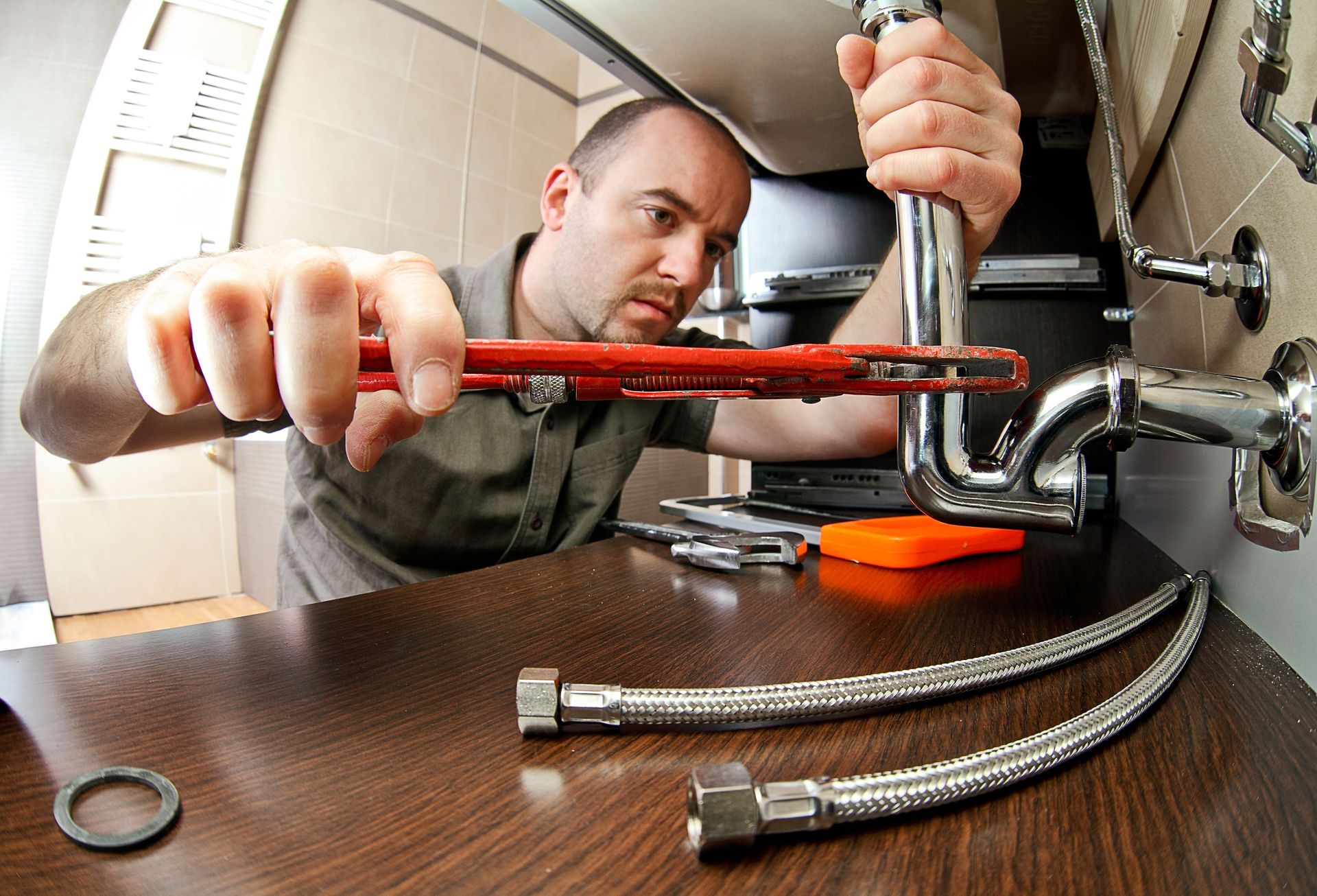November 18, 2025
Maintaining home appliances is essential for ensuring efficiency and safety. One crucial system that often gets overlooked is the water heater. Recognizing the factors that contribute to heater wear and tear can help prevent costly repairs and potential hazards in your home. Additionally, staying aware of these details can help you recognize when it might be time for a full system replacement.
By keeping a vigilant eye on your heater's performance, you can avoid unexpected system failures. Early detection of these signs will allow for planned upgrades and uninterrupted access to hot water. Prioritizing the condition of your water heater safeguards your home and contributes to more sustainable living.
1. Age
Age is a key factor to take into consideration when thinking about the condition of your water heating system. According to This Old House, if your system is between 10 and 15 years old, it may be time to consider replacing it. As heaters age, they become prone to various inefficiencies and potential mechanical failures. Therefore, monitoring its age and considering a timely replacement is crucial for optimal performance. A new unit can offer enhanced safety features and improved efficiency, making it a wise investment.
Technological advancements have significantly improved the efficiency and lifespan of water heating systems. Modern models are equipped with energy-saving technologies that can reduce utility bills. While older units might still function beyond their expected lifespan, their efficiency and safety standards are considerably lower. Investing in newer models can lead to long-term savings and a lower environmental footprint. Always consult with a professional to understand when it's best to replace your aging unit.
Regular maintenance can extend a heater's lifespan, even beyond the industry norm. However, if your unit frequently requires repairs and shows visible signs of wear, replacement is often the best choice. Ignoring the age-related decline of your unit can lead to water damage and safety hazards. Transitioning to a new water heater eliminates these risks and assures consistent and safe hot water access. Maintaining a proactive approach to system replacement ensures peace of mind and reliability.
2. Usage
High usage can accelerate the wear and tear of a water heater, shortening its overall lifespan. Homes with larger families or those requiring substantial hot water use can experience more frequent issues. The constant demand can strain heating elements and lead to early degradation of the tank. In such settings, more regular inspections and maintenance are necessary to extend the unit's life. Being proactive in assessing usage demands and potential impacts can help you decide when replacement becomes essential.
Water heating systems in high-demand environments often run at or near maximum capacity, increasing the risk of failure. When a heater operates under stress for extended periods, its efficiency drops, and energy consumption rises. This decreased performance signals that a unit is nearing the end of its life. Homeowners should closely monitor energy costs and water temperatures to better understand the amount of work their heater is doing. Upgrading to a larger or more efficient unit may address high-demand needs and improve overall home efficiency, reducing overall system wear and tear.
Implementing conservation strategies can help mitigate the impacts of high usage on your water heater. Simple measures like using low-flow fixtures and insulating hot water pipes can reduce strain on the system. Such practices not only prolong the unit's life but also contribute to resource conservation. If high usage continues unabated, plan for a timely replacement with a modern, high-efficiency model tailored to your specific needs. A properly sized and efficient heater can accommodate demands without compromising performance or longevity.
3. Maintenance
Regular maintenance is critical for reducing wear and tear on your system. Annual professional inspections can identify potential issues before they escalate into major repairs or replacement needs. Maintenance tasks, such as flushing the tank and inspecting the anode rod, prevent sediment build-up and corrosion. Neglecting regular upkeep results in decreased efficiency, higher energy bills, and potential mechanical failures. Committing to a maintenance routine can defer the need for replacement and maintain optimum heater performance.
Homeowners should be proactive in addressing minor issues that arise during regular maintenance checks. Early intervention in problems like small leaks or unusual noises can prevent further damage and costly repairs. Regular inspections allow for preemptive replacements of worn parts, ensuring the heater functions as intended. Additionally, maintaining your water heater supports a consistent hot water supply and improves safety. A well-maintained unit is less likely to experience sudden breakdowns, avoiding inconvenience and potential water damage.
It's advisable to schedule maintenance checks with a qualified technician to ensure thoroughness and address all relevant needs. This professional guidance helps pinpoint inefficiencies and informs decisions regarding potential upgrades. Proper maintenance not only extends the heater's life but also contributes to home energy efficiency and sustainability. By preserving the heater's condition, homeowners may delay replacement, benefiting from both cost savings and a reliably functioning appliance. Committing to a regular maintenance plan demonstrates foresight and prudence in managing system wear and tear.
4. Rust
Rust in your water is a significant indicator that it's time to inspect or replace your water heater. Seeing reddish-brown water flowing from the taps means that corrosion may have compromised the internal tank of your heater. Over time, sediment and mineral deposits can lead to rust, posing potential health hazards and indicating structural weakness in the heater. Rust can also accumulate in the pipes, further exacerbating water quality issues. To address these concerns, regular checks for discoloration in water are essential for safeguarding home health and safety.
To accurately diagnose the source of rust, one must consider both the age of the heater and the material of the pipes. Older steel tanks without a protective glass liner are most vulnerable to rust-induced deterioration. If rust is detected consistently across multiple fixtures, the unit itself is likely the source. Conversely, rust limited to one specific fixture may suggest pipe corrosion rather than issues with the heater itself. Understanding these nuances guides the most appropriate corrective actions, whether repairing or replacing the affected components.
Once rust is identified in your water supply, addressing the issue swiftly minimizes further damage and contamination risk. Replacing a rusted water tank is crucial to restoring water quality and ensuring the heater operates efficiently. Employing a professional to assess the extent of the rust damage provides clarity on whether a repair or replacement is necessary. Proactive measures, such as using water softeners or updated materials resistant to corrosion, can prevent future occurrences. Committing to regular water quality assessments maintains a safe and effective hot water system.
Several key factors determine how quickly a water heater wears out, including its age, frequency of use, maintenance practices, and exposure to rust or corrosion. Over time, even the most reliable unit will experience natural decline, but proper upkeep, such as regular flushing, inspections, and anode rod replacement, can significantly extend its lifespan. By understanding how these elements contribute to wear and tear, homeowners can make informed decisions about maintenance and replacement, ensuring consistent performance and energy efficiency for years to come.
Staying proactive about monitoring your heater's condition can prevent costly surprises. Paying attention to warning signs can alert you to developing issues before they escalate. Scheduling routine professional inspections ensures minor problems are caught early, preserving your system's efficiency and reliability while helping you plan ahead for eventual replacement. When you notice plumbing fixture wear and tear in your home, contact Top Dog Plumbing LLC for help.







